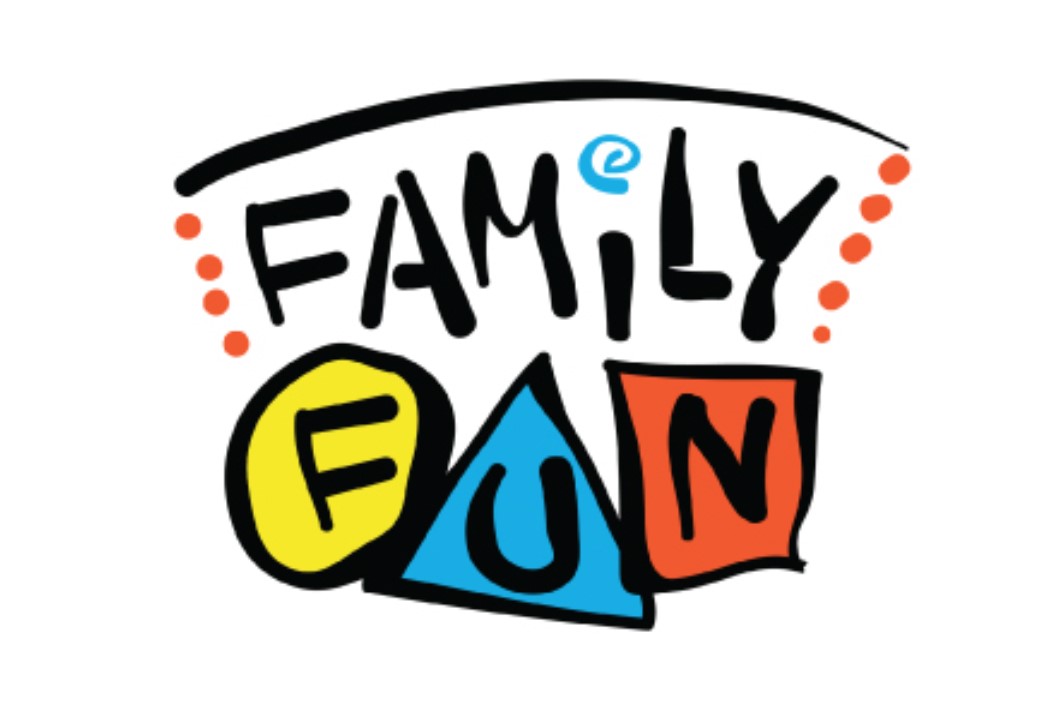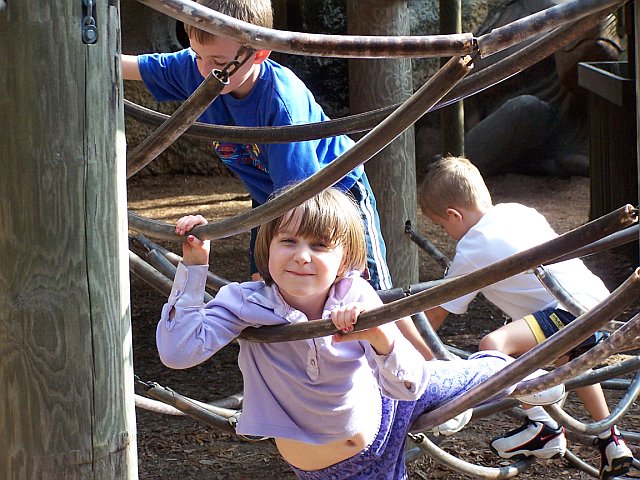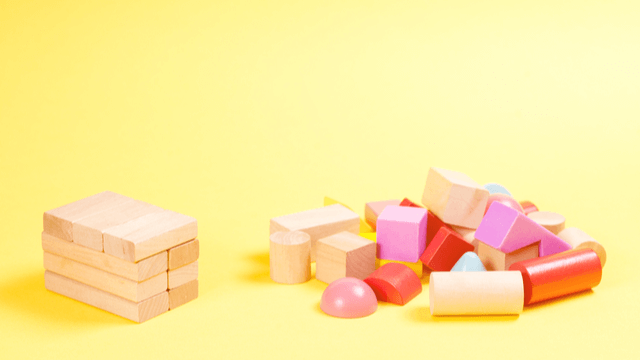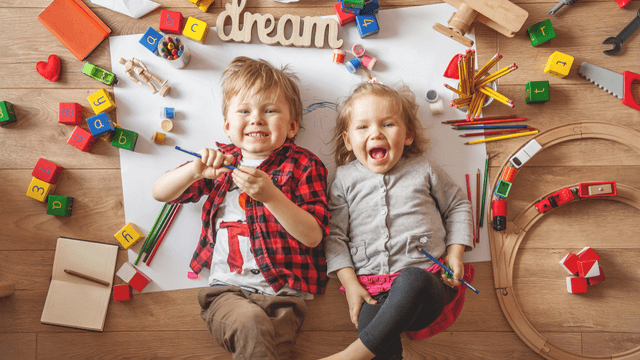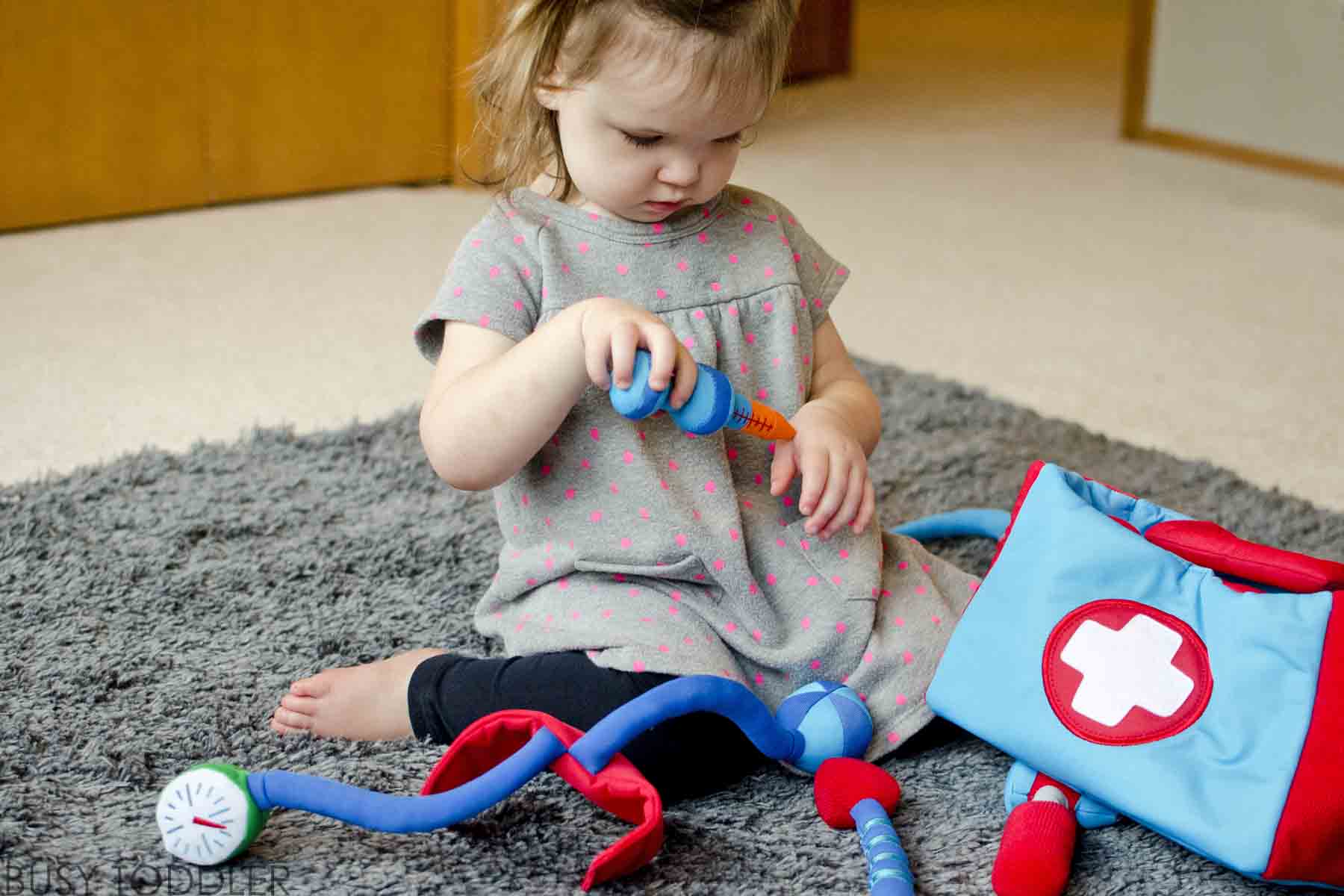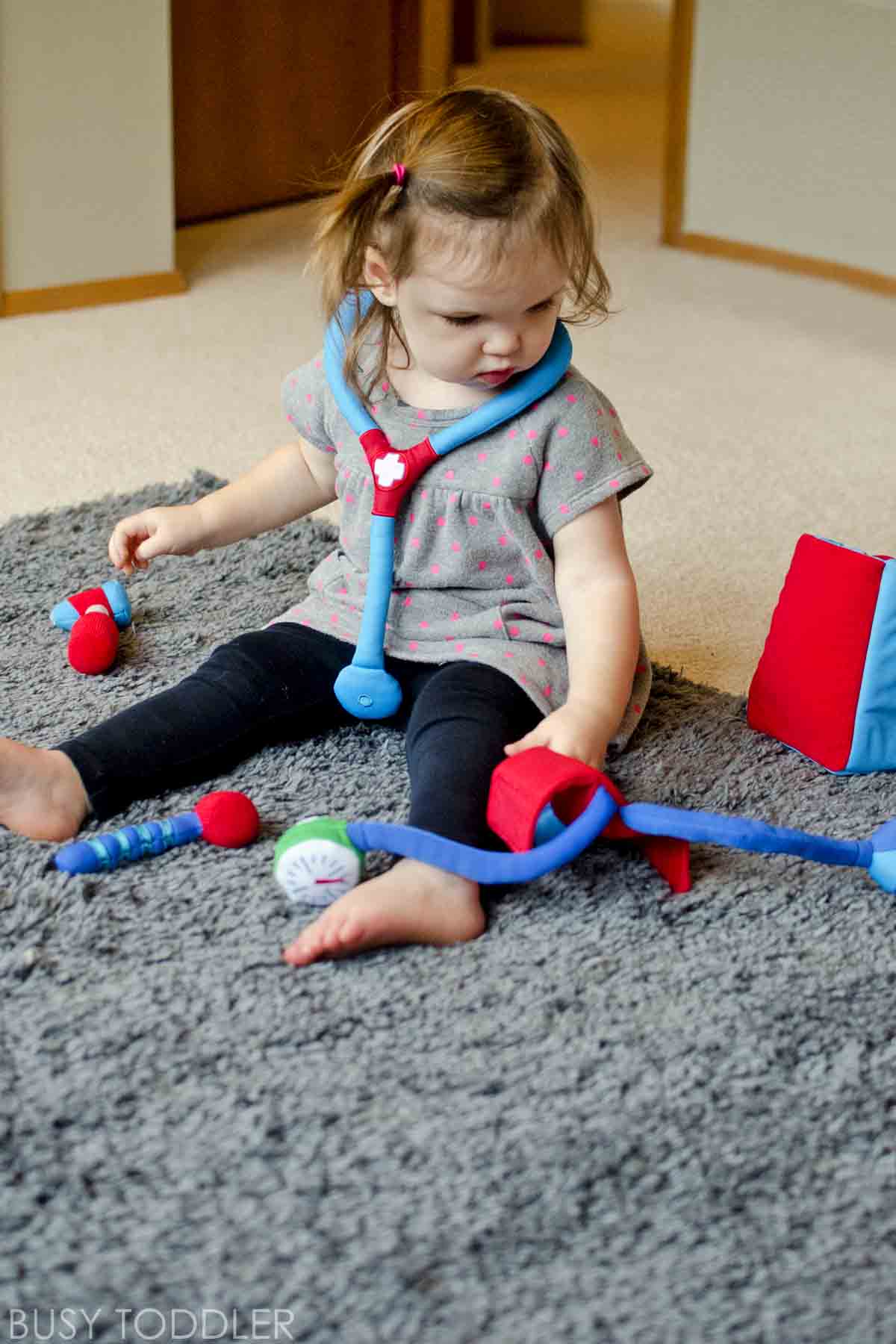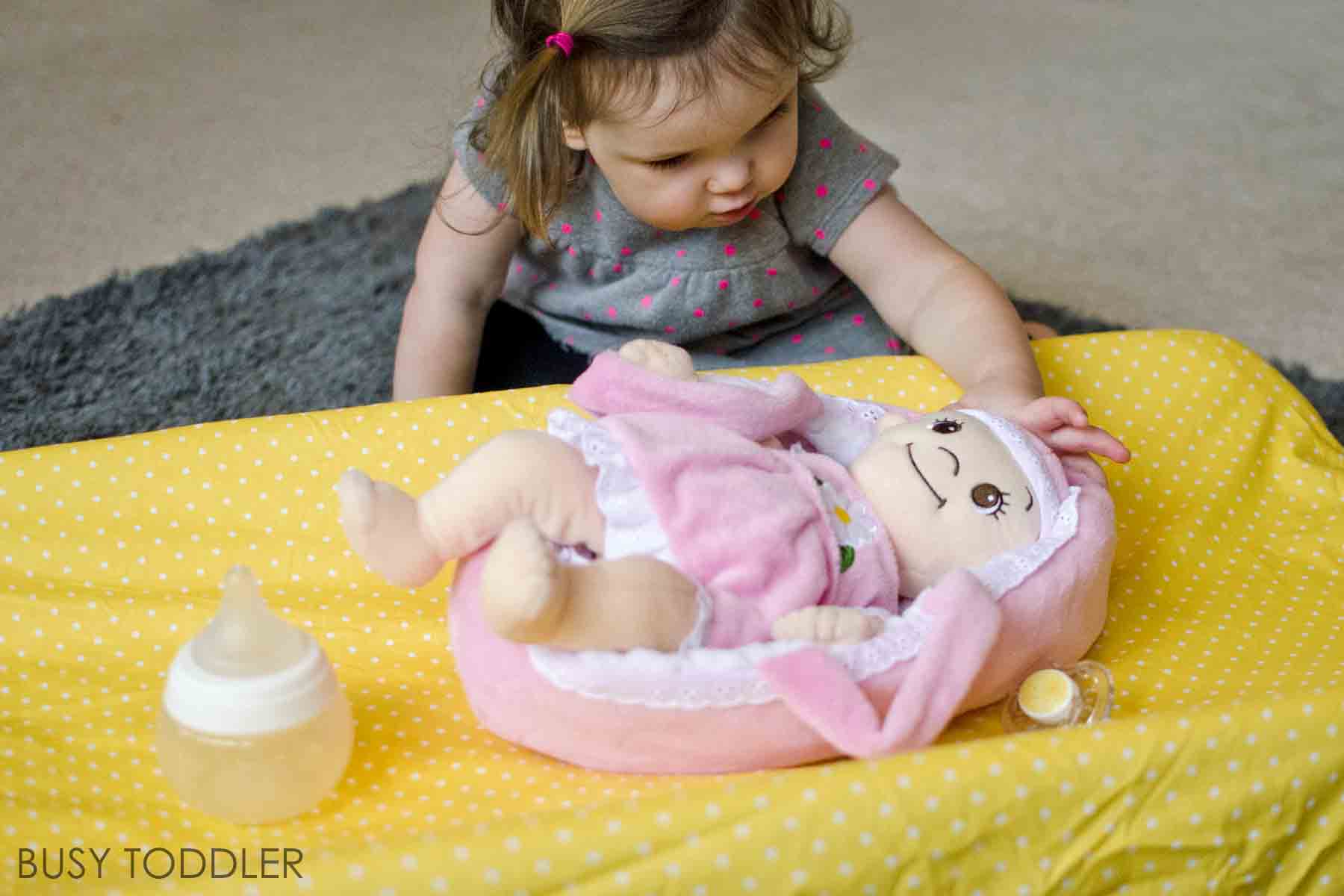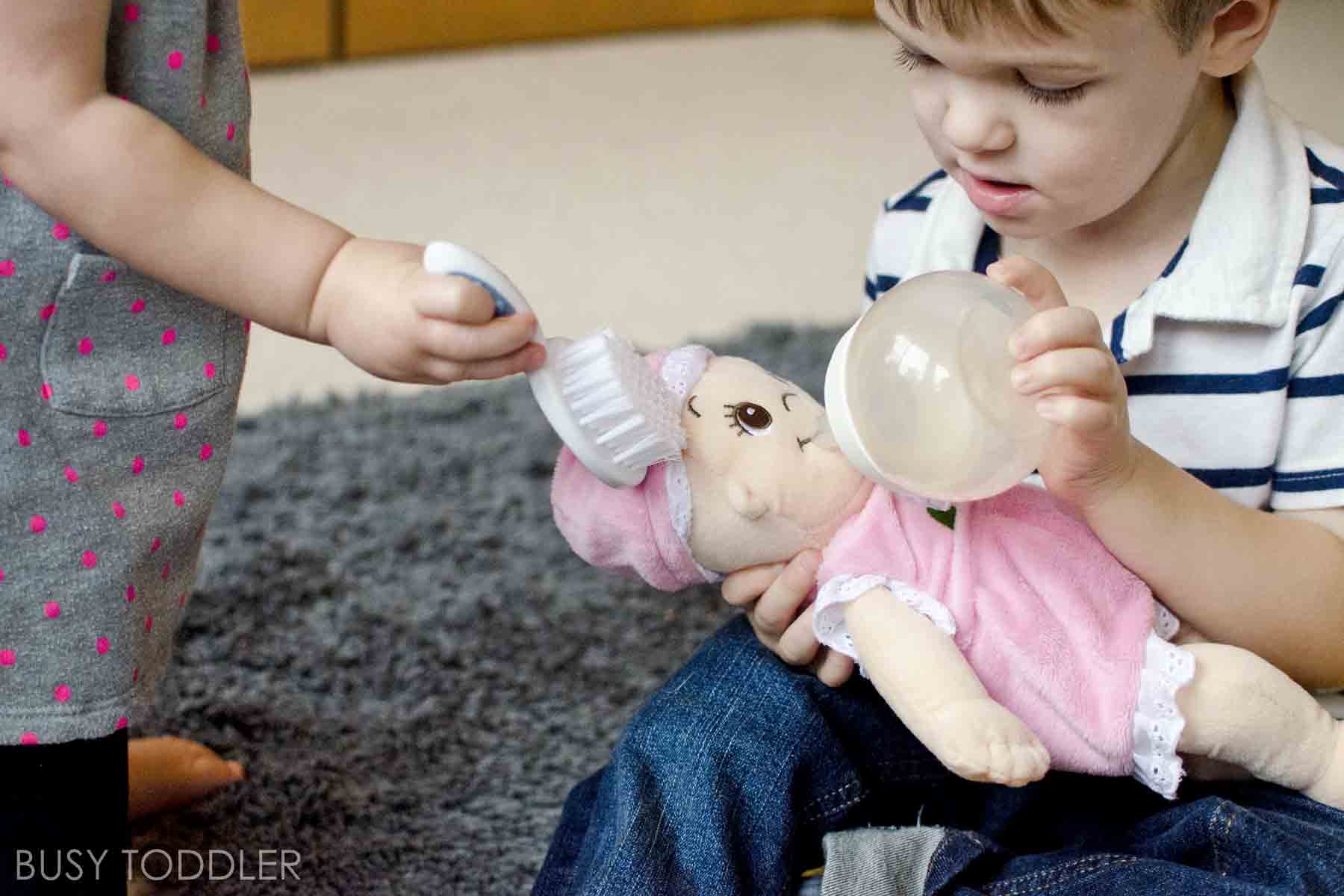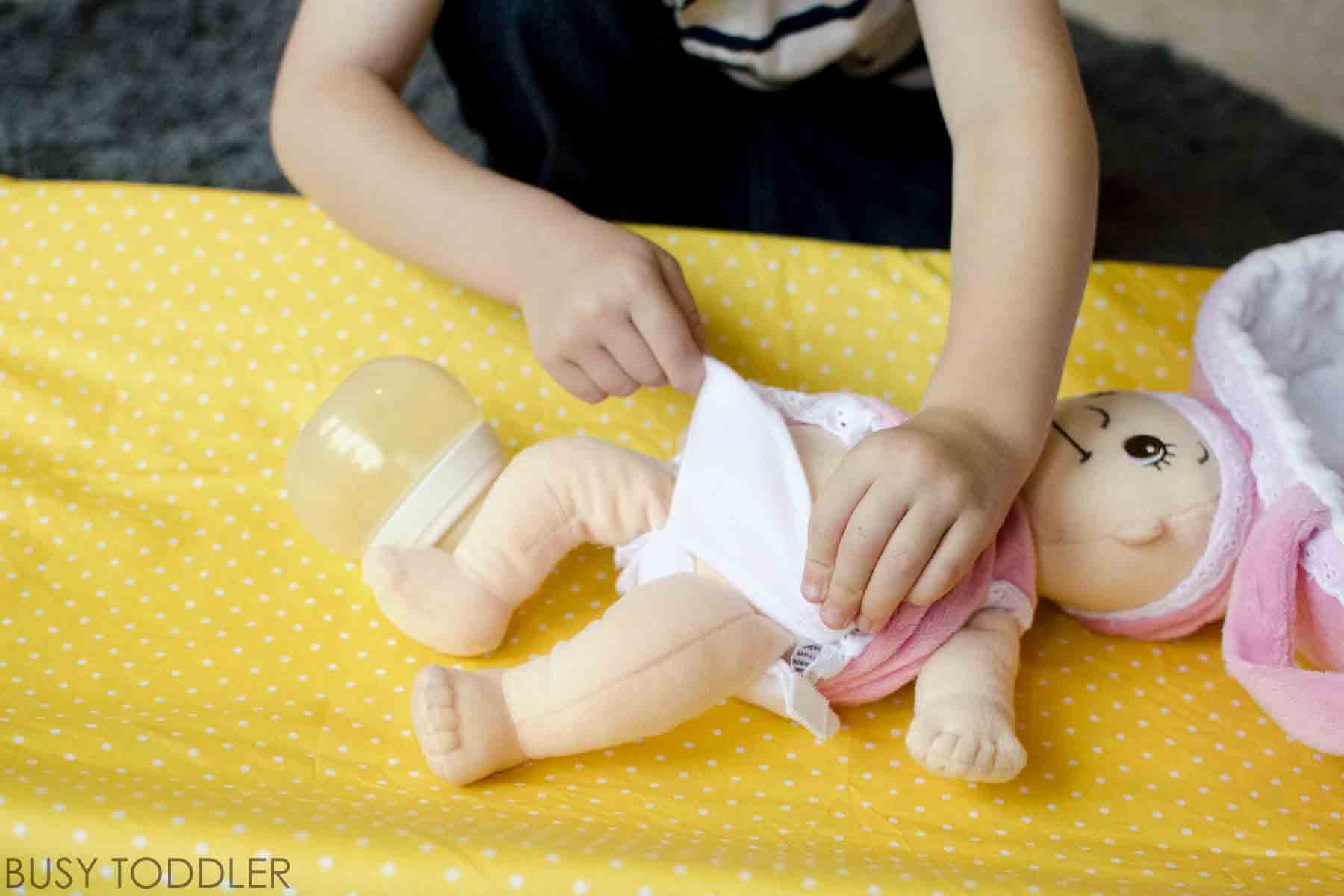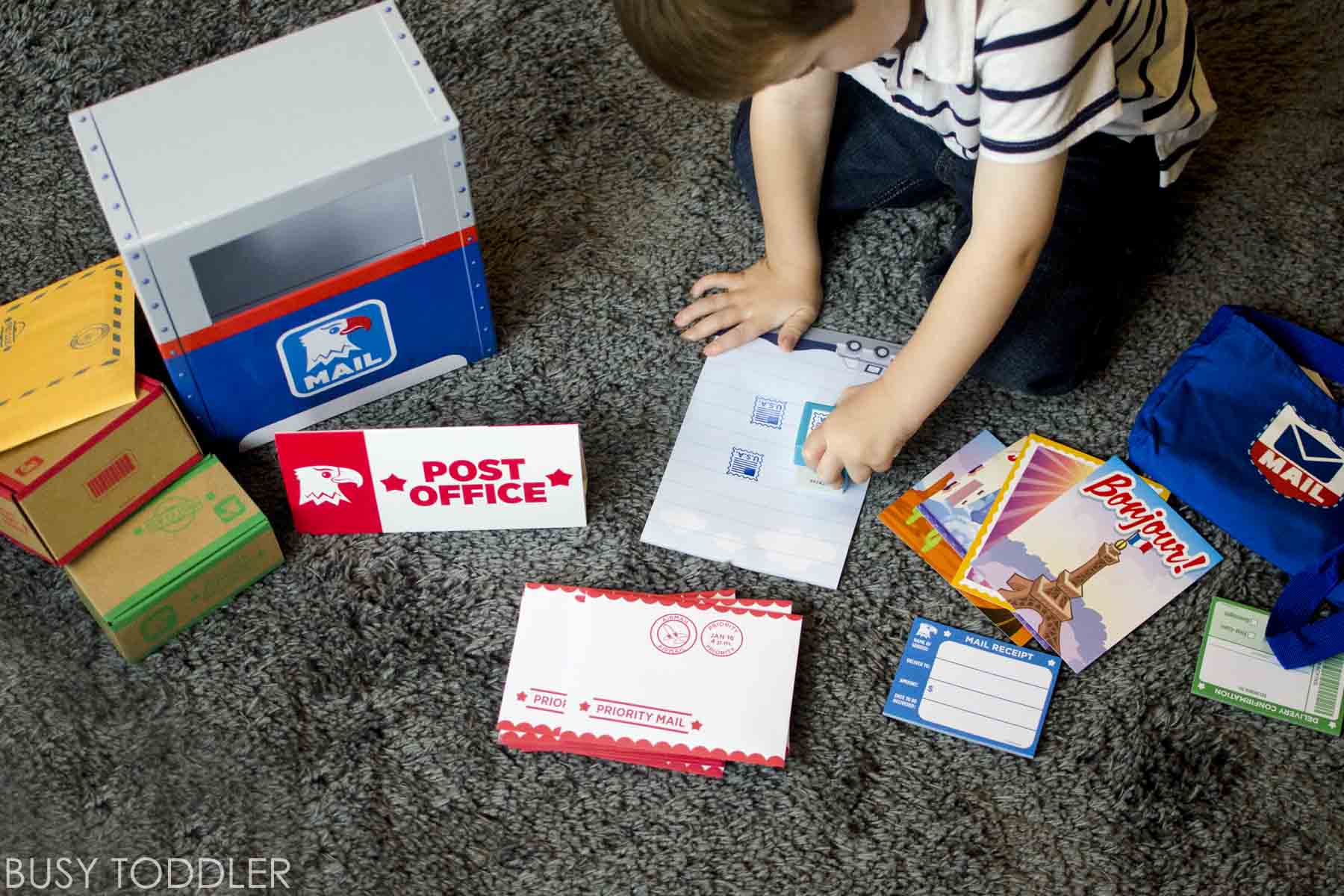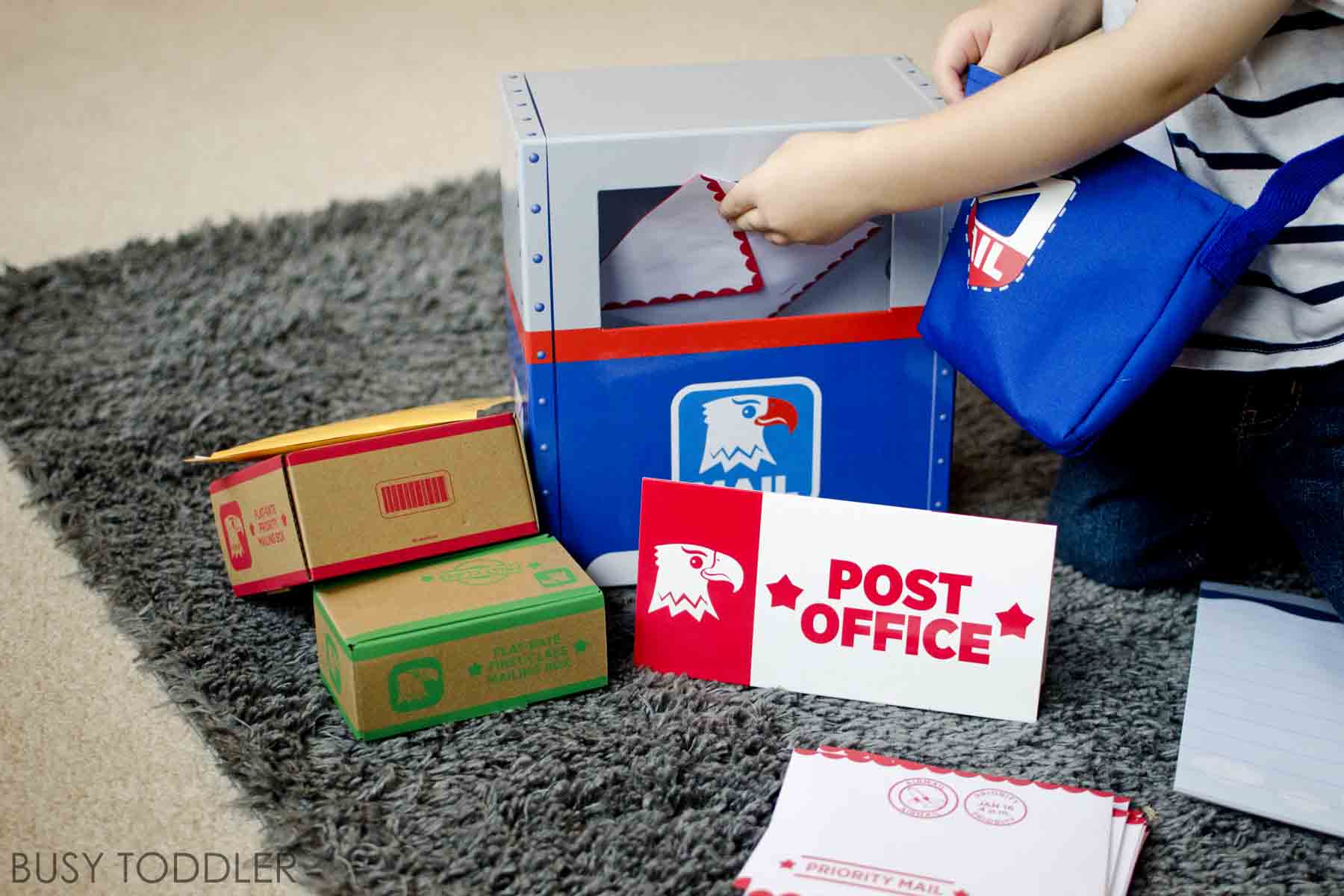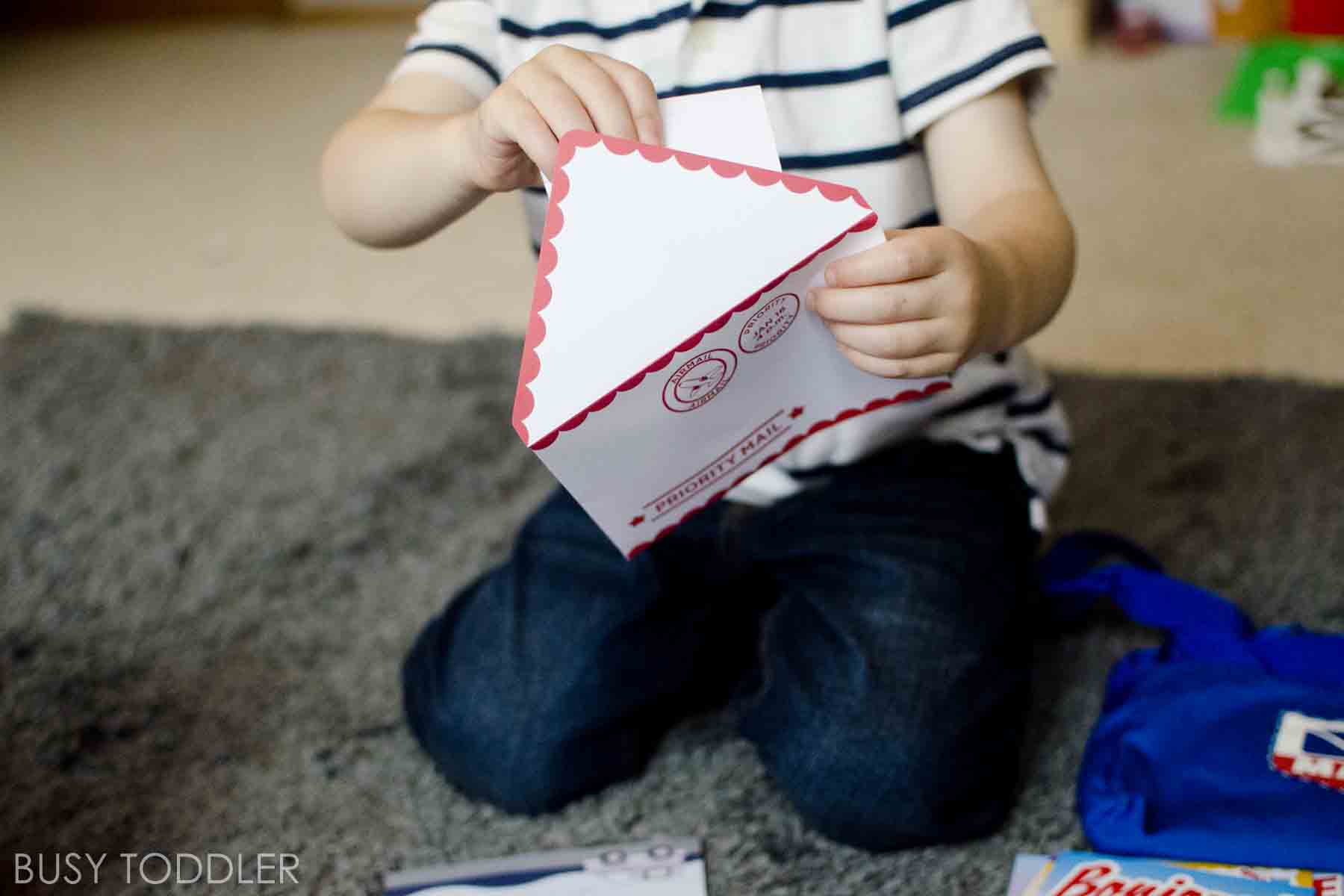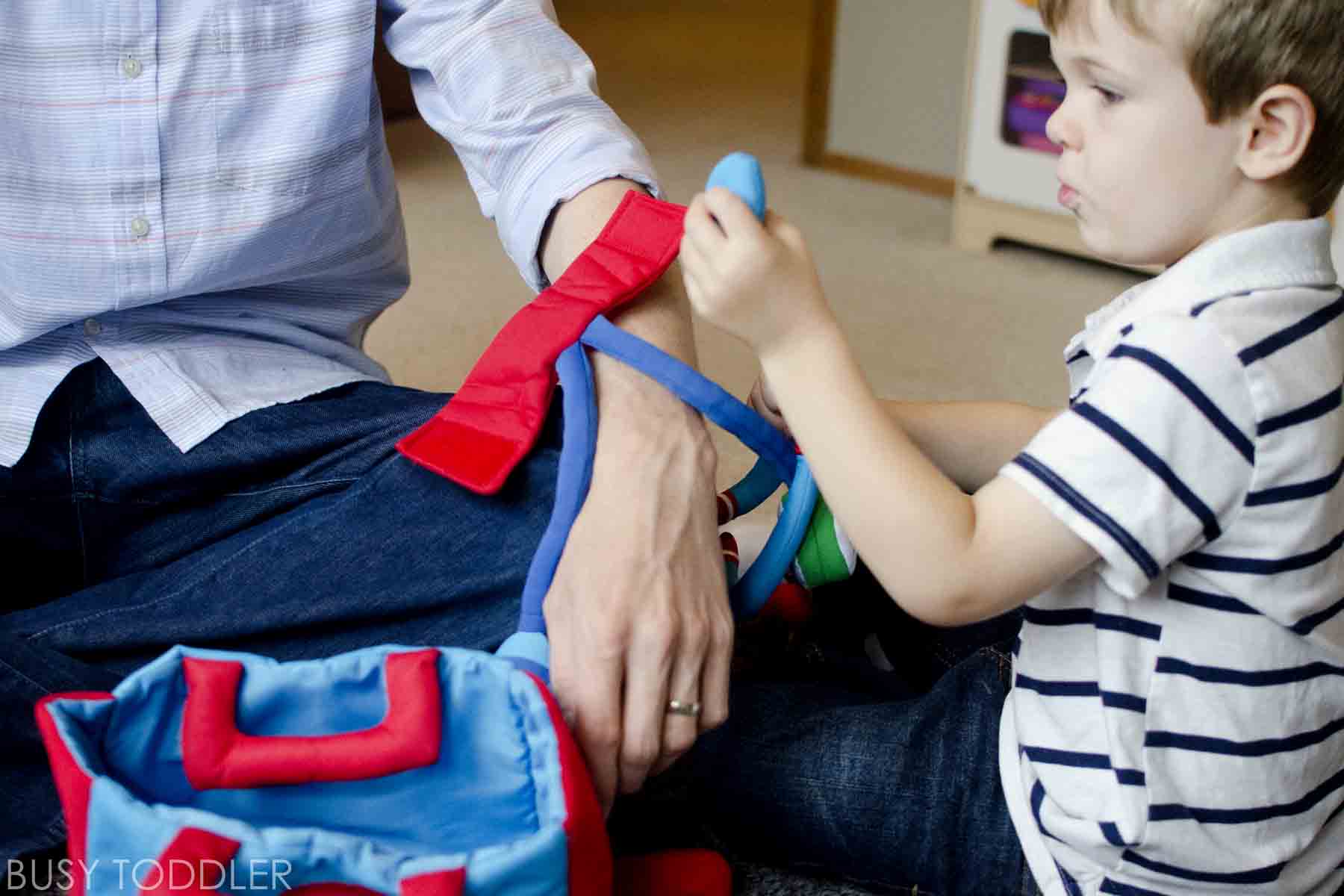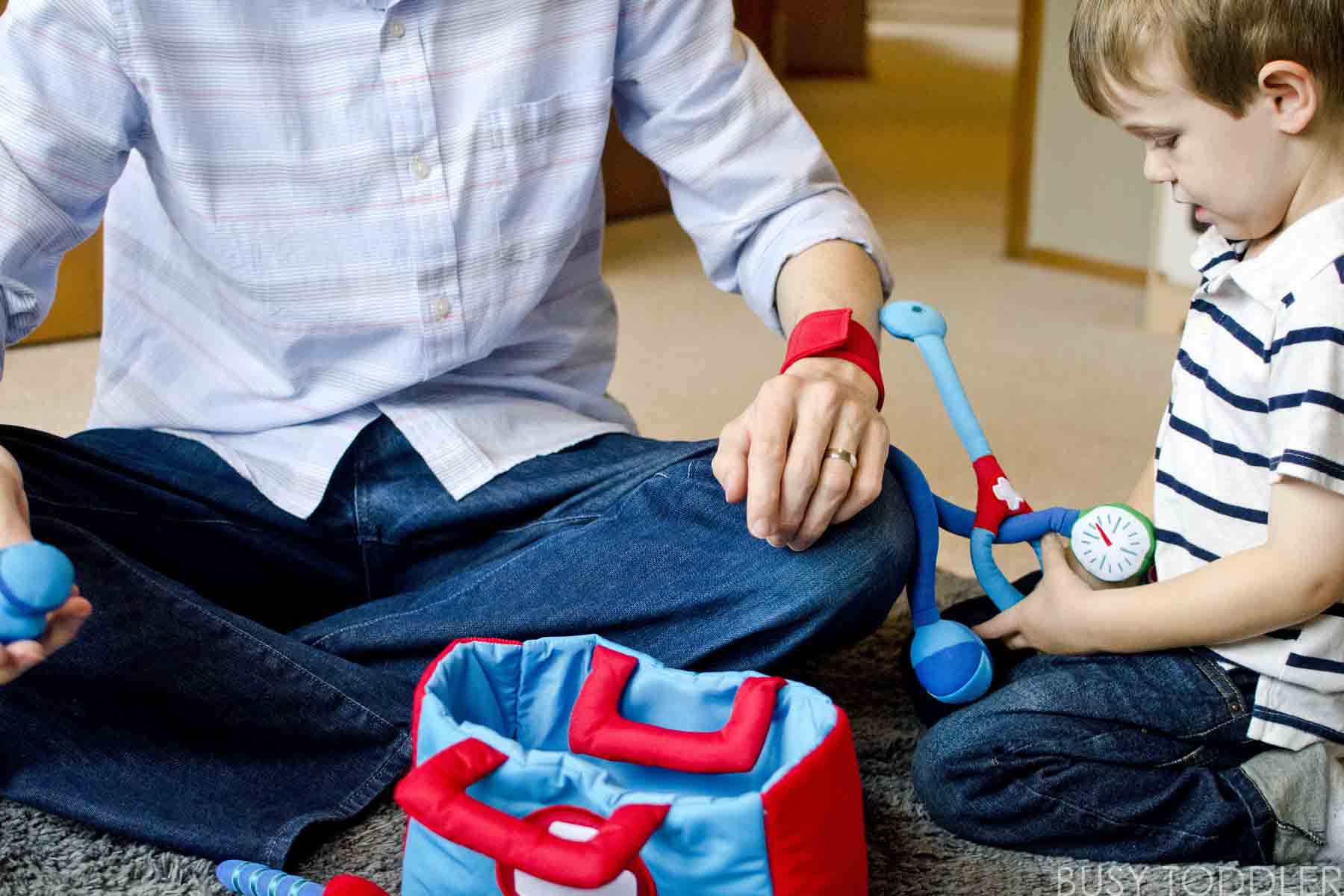
Tips for Tummy Time

By Fisher Price
As a new parent, you’ve probably had a lot of new terms thrown your way. One you might have heard of but may not know a lot about is tummy time. What is it? Why is it important? And what time is it, exactly? You asked, and we’ve got answers, tips, and a few recommendations for making tummy time great.
What is tummy time?
The name says it all; play time where your baby lays and plays on their stomach, instead of laying on their back. Why make the flip? Think of this play position as your baby’s first work out. Tummy time helps them build upper body strength, work on their head control, and practice their balance and coordination skills. In general, babies who spend more time on their tummies are able to roll, pull themselves up, crawl, and begin walking earlier than babies who are mostly placed on their backs. Although tummy time is great for your baby, it may not be their favorite activity in the world. Your baby might find laying on their back comfier and more familiar, but never fear. With a little practice and some fun toys and gear, your baby can learn to love tummy time.
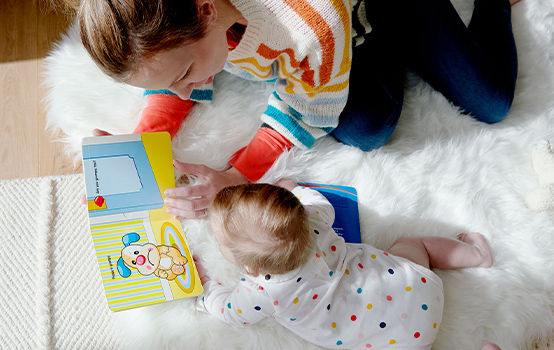
Tackle it together
It’s important to stay close by while your baby is playing on their tummy. Younger babies especially may only be able to keep their head up for a short time and will need your support. Plus, this is a great way for you and your baby to bond and play together, all while helping those little muscles grow.
Bring in some back up
Getting your baby to enjoy tummy time is all about keeping them engaged, comfy, and happy. With the help of some tummy-time essentials, from wedges to gym mats to mirrors, you can tackle tummy time like a pro.
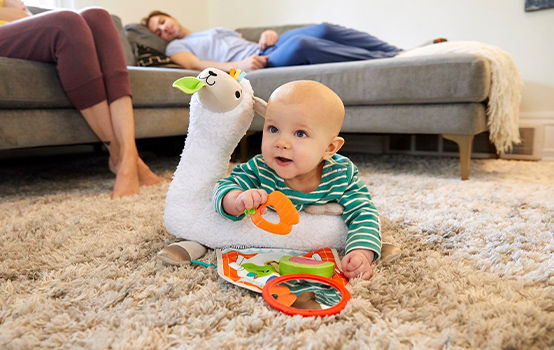
Grow-with-Me Tummy Time Llama
Meet your tummy time partner in crime. Yes, he is a smiling Llama with a mouthful of leaves, and you’re going to love him. A wedge toy like this Llama helps your baby keep their head up and work on their stability, so they won’t just roll over to their back again.
Your baby has a whole different vantage point from their new position, so placing fun things in their line of sight for them to look at or reach for is a great way to keep them engaged. The Tummy Time Llama has a few toys you can try:
Fun, non-breakable mirror- Your baby will love looking at their reflection and making funny faces.
Teether- Great to reach for, better to chew. The teether adds some sensory benefits to playtime.
Rattle- When your baby grabs for the rattle, they’ll be rewarded with fun sounds that help stimulate their auditory senses.
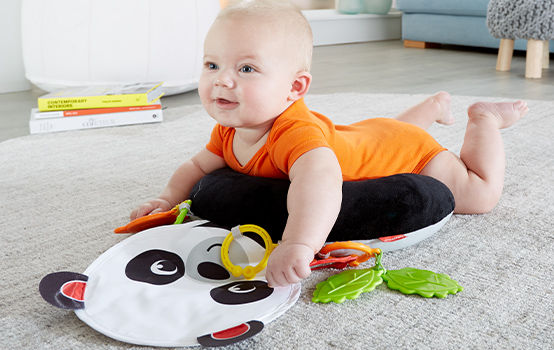
Hug & Play Tummy Wedge
A tummy wedge with a crescent shape “hugs” your baby as they play, helping them stay on their tummies without wobbling. In this supportive spot, your baby can work on pushing themself up and working out their muscles. Attach toys onto the wedge so your baby has fun textures and sounds close by to explore, and let them hug it out.
A tummy wedge with a crescent shape “hugs” your baby as they play, helping them stay on their tummies without wobbling. In this supportive spot, your baby can work on pushing themself up and working out their muscles. Attach toys onto the wedge so your baby has fun textures and sounds close by to explore, and let them hug it out.
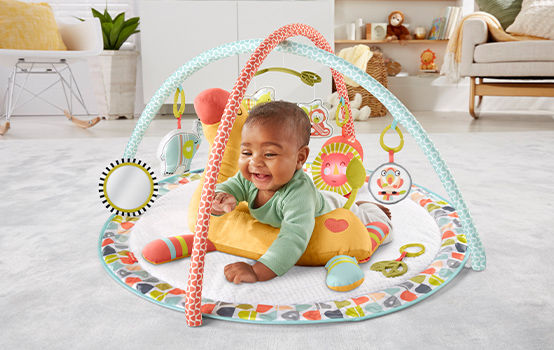
Go Wild Gym & Giraffe Wedge
The best way for your baby to get their bearings on their tummy is with a firm, flat surface. A gym mat on the floor is a great place to start. The soft, flat surface physically supports your baby and keeps them comfortable as they wiggle and move. Meanwhile, the Giraffe wedge helps give your baby the extra support they need to lift their heads up and strengthen their neck and core muscles. Plus, the super cute animal toys help keep your baby entertained and make an awesome tummy-time moral support team.
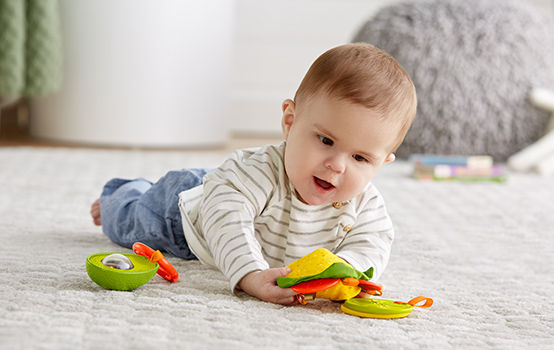
Rattles & Teethers
Place colorful toys around your baby as they lay on their stomach to encourage them to reach. Reaching helps them strengthen the muscles they need to eventually start rolling over. Teethers, clackers, and rattles, are perfect to encourage your baby to reach and grab. Plus, the different sounds and feels of the toys have added sensory benefits.
Here are a few you can try:
Taco Tuesday Gift Set because taco time and tummy time can totally happen at once.
On-the-Go Breakfast for little ones who have learned to reach for coffee by example.
Laugh & Learn Play & Go Keys with fun music and lights that make them even more grabbable.
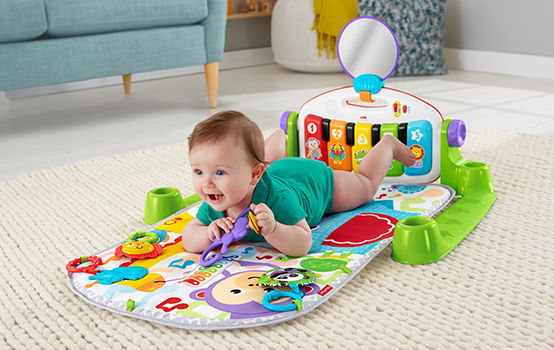
Kick & Play™ Piano Gym
Nothing like some tunes to encourage your baby to wiggle, move, and work out those muscles. Try tummy time on a musical gym like the Kick & Play™ Piano Gym. Just hook some toys onto the mat, flip your baby over, and let them play. With their hands (and feet) busy, they’ll rock their tummy time session.
Timing is key
Try giving tummy time a test run when your baby is calm, comfy, and ready to try something new. Some great times to add tummy time to the routine are:
After a nap
After bath time
After a fresh diaper change
A not so great time? Right after a meal. Laying on their tummy could interrupt your baby’s digestion and lead to some extra gas or spit up – steer clear!
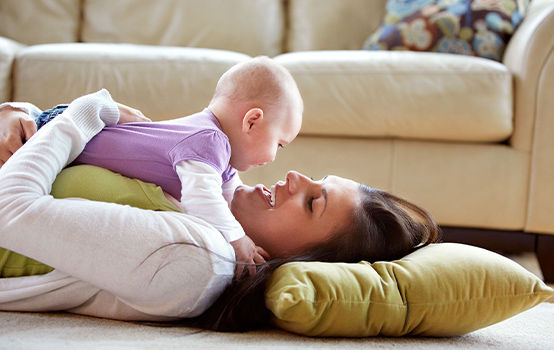
Practice makes perfect
Holding their head up, looking around, and pushing up on their hands are all new skills for your baby, and just like any new skill, the more they do it the better they’ll get. Start off small and try to carve out time every day for your baby to practice.
0-3 Months:
Start with laying them on your chest for a few minutes at a time.
Be sure to support their neck the whole time.
3-6 Months:
Try to engage in tummy time 2-3 times a day, for a few minutes at a time.
Gradually increase the length of tummy time as your baby grows and their neck and shoulder muscles strengthen.
6+ Months
By the time your baby is 5-6 months old, they may be able to spend up to an hour of playtime on their tummies.
Be sure you have plenty of room for play. At this stage, your baby might even be trying to push up or roll.
Tummy time can be tricky, but with time, practice, and a few fun friends for support, your baby will be a tummy-time champ before you know it!
